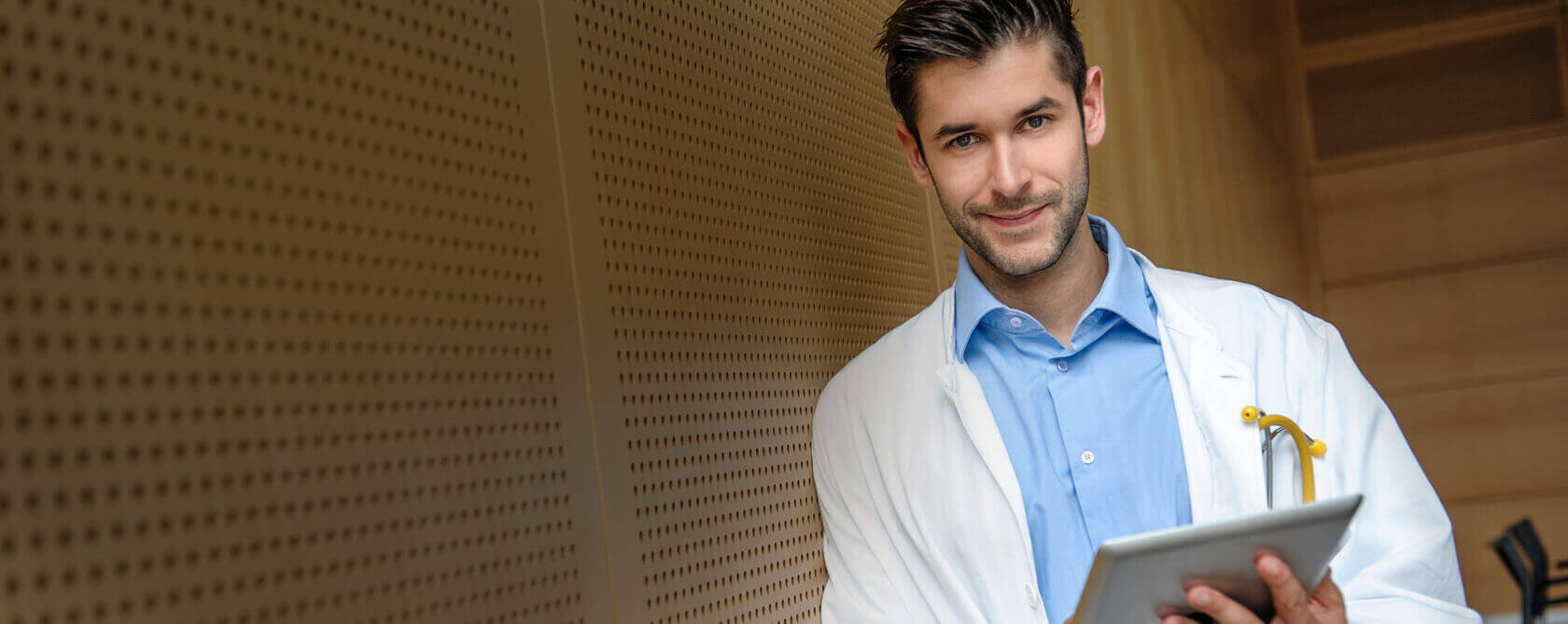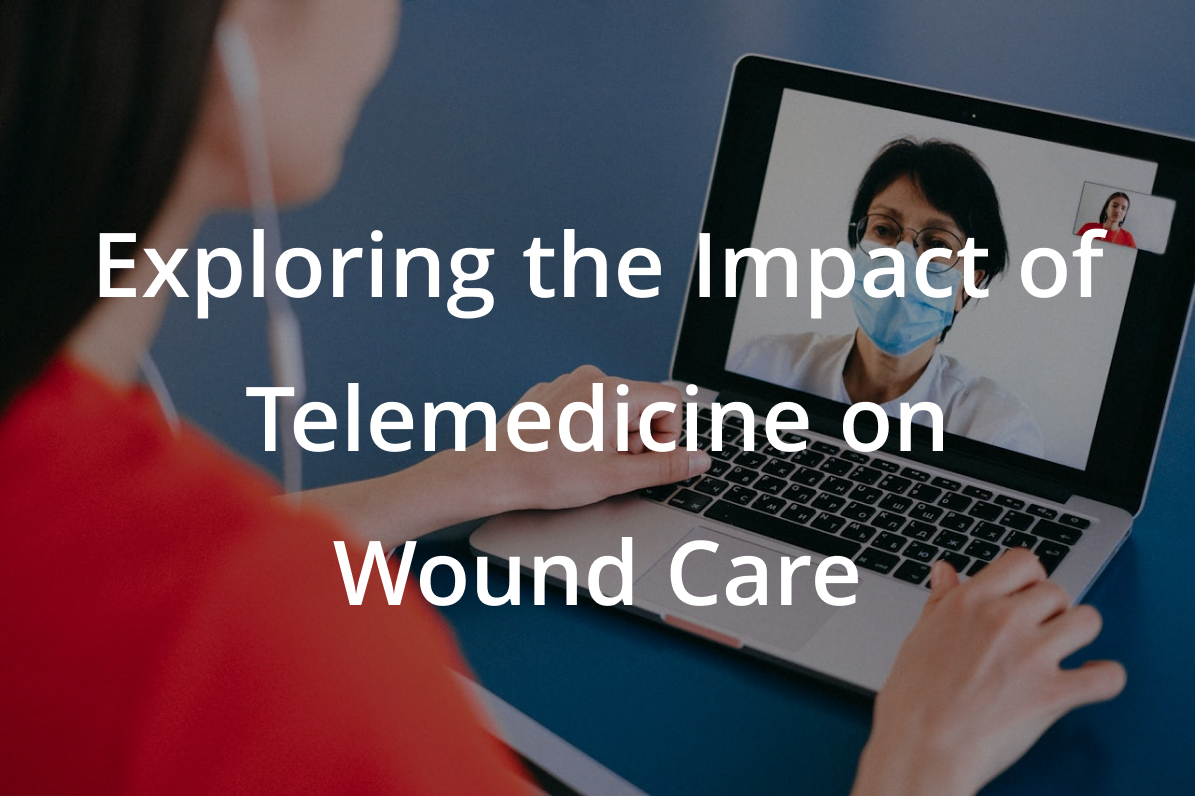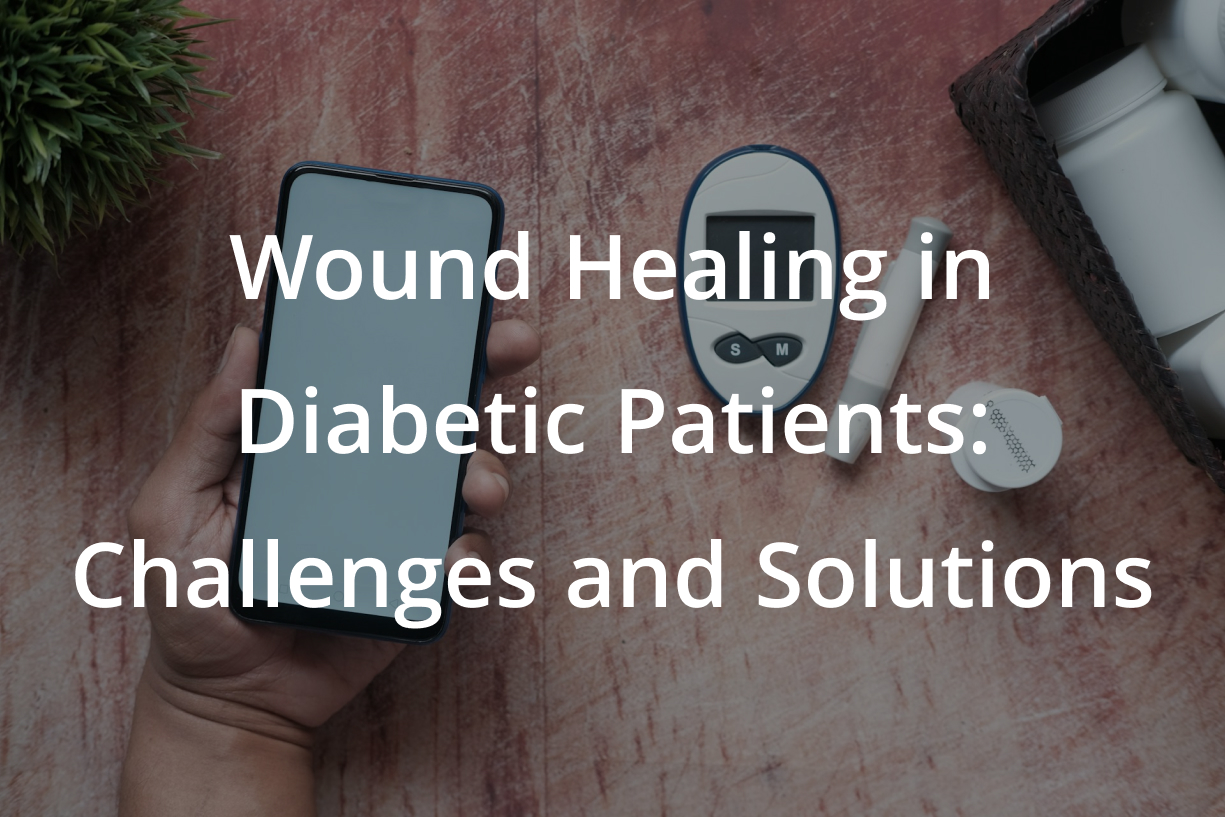In the rapidly evolving healthcare field, telemedicine has become a pivotal innovation, especially in wound care. This technology allows healthcare providers to offer remote consultations, monitoring, and management of wounds, providing patients with timely and effective care. Dr. Som recognizes telemedicine’s transformative potential in enhancing wound care service delivery. This blog explores how telemedicine is revolutionizing this field, highlighting the integration of digital health technologies and their benefits for patients and providers.
The Rise of Telemedicine in Wound Care
Telemedicine involves the use of digital communication tools to facilitate healthcare services remotely. In wound care, this approach has become increasingly vital, offering several key advantages that are changing how care is delivered.
- Immediate Access to Specialists: Telemedicine enables patients to receive expert consultations without traveling. This is particularly beneficial for those living in rural or underserved areas with limited access to wound care specialists.
- Frequent Monitoring: Remote monitoring through telemedicine allows for more frequent assessments of wound progress. Digital tools and platforms enable patients to send images and updates to their healthcare providers, who can adjust treatment plans in real-time, improving outcomes.
- Cost-Effectiveness: By reducing the need for in-person visits, telemedicine can lower healthcare costs associated with transportation and hospital stays, especially for chronic wound patients who require ongoing care.
How Telemedicine Works in Wound Care
- Remote Consultations: Through video calls, healthcare providers can assess the wound’s condition, discuss symptoms with the patient, and provide guidance on care. This method saves time and ensures that patients receive continuous support from the comfort of their homes.
- Digital Imaging and Monitoring: Advanced imaging technologies allow for high-resolution photos and videos to be securely sent to wound care specialists. These images are critical for assessing the healing process and can be more effectively managed with specialized software that tracks changes over time.
- Data Collection and Management: Telemedicine platforms can collect and store a wide range of data from wound assessments. This data is invaluable for long-term treatment planning and can be accessed by any authorized provider, ensuring continuity of care across different healthcare services.
Benefits of Telemedicine in Wound Care
- Enhanced Patient Engagement: Telemedicine encourages patients to take an active role in managing their health. By engaging with technology, patients often report higher satisfaction levels and a better understanding of their treatment processes.
- Improved Treatment Adherence: Remote monitoring and regular virtual check-ins can increase patients’ adherence to treatment protocols. This close management helps prevent complications and can lead to faster wound healing.
- Access to Multidisciplinary Teams: Telemedicine facilitates easy collaboration among healthcare professionals, including primary care providers, dermatologists, and wound care specialists. This multidisciplinary approach is essential for complex wound management cases.
Challenges and Considerations
While telemedicine in wound care offers many benefits, some challenges need to be addressed:
- Technology Access and Literacy: Not all patients have access to the necessary technology or are comfortable using it. Ensuring that telemedicine services are user-friendly and accessible is crucial for broad adoption.
- Privacy and Security: Handling medical data requires stringent security measures to protect patient privacy. Telemedicine platforms in the United States must comply with health regulations concerning data protection, such as HIPAA.
- Regulatory and Reimbursement Issues: Navigating the regulatory environment and ensuring proper reimbursement for telemedicine services can be complex. Continuous updates and advocacy are necessary to align policies with technological advancements.
Conclusion
Telemedicine transforms wound care by breaking geographical barriers, enhancing patient engagement, and improving clinical outcomes. As this technology continues to evolve, it promises to revolutionize the field further, making advanced wound care accessible to a broader population. Dr. Som is dedicated to incorporating these innovations into his practice, ensuring patients receive the most advanced care possible, maximizing convenience and effectiveness. For chronic wounds, embracing telemedicine may be critical to achieving better health and quality of life.





